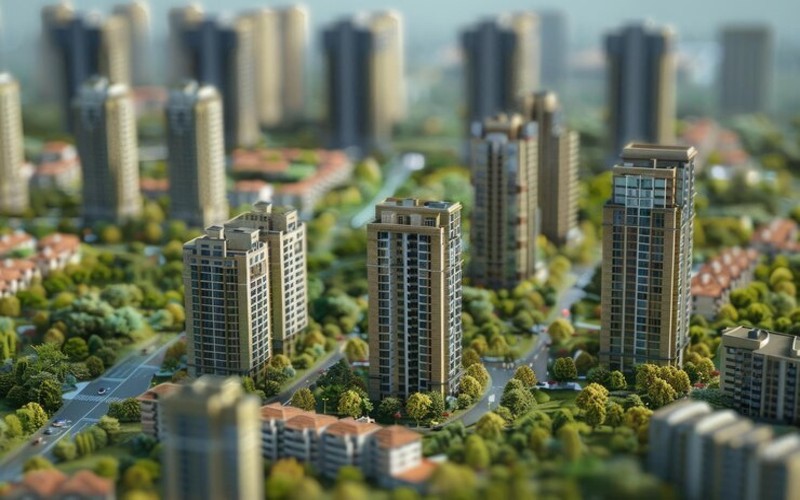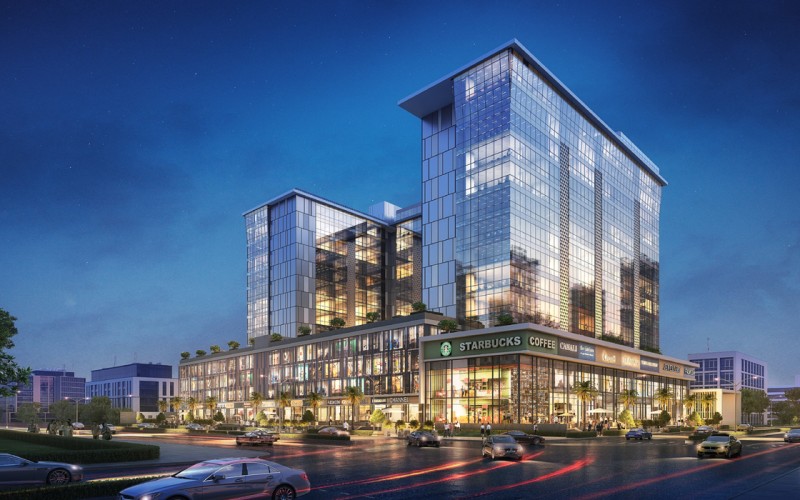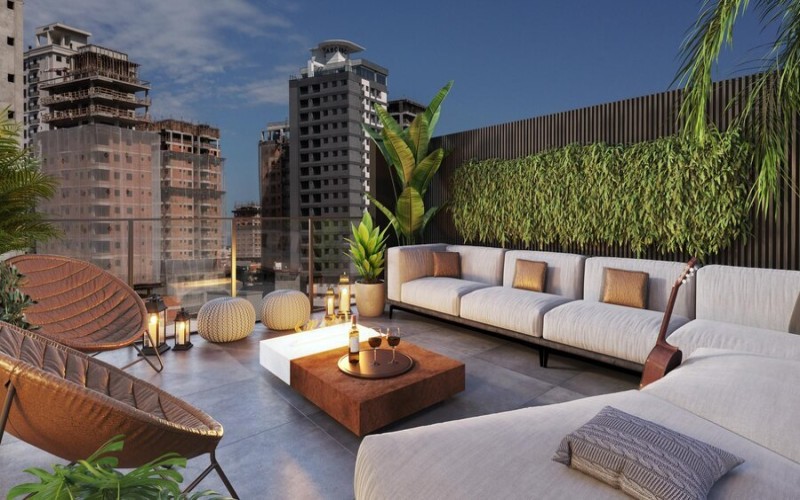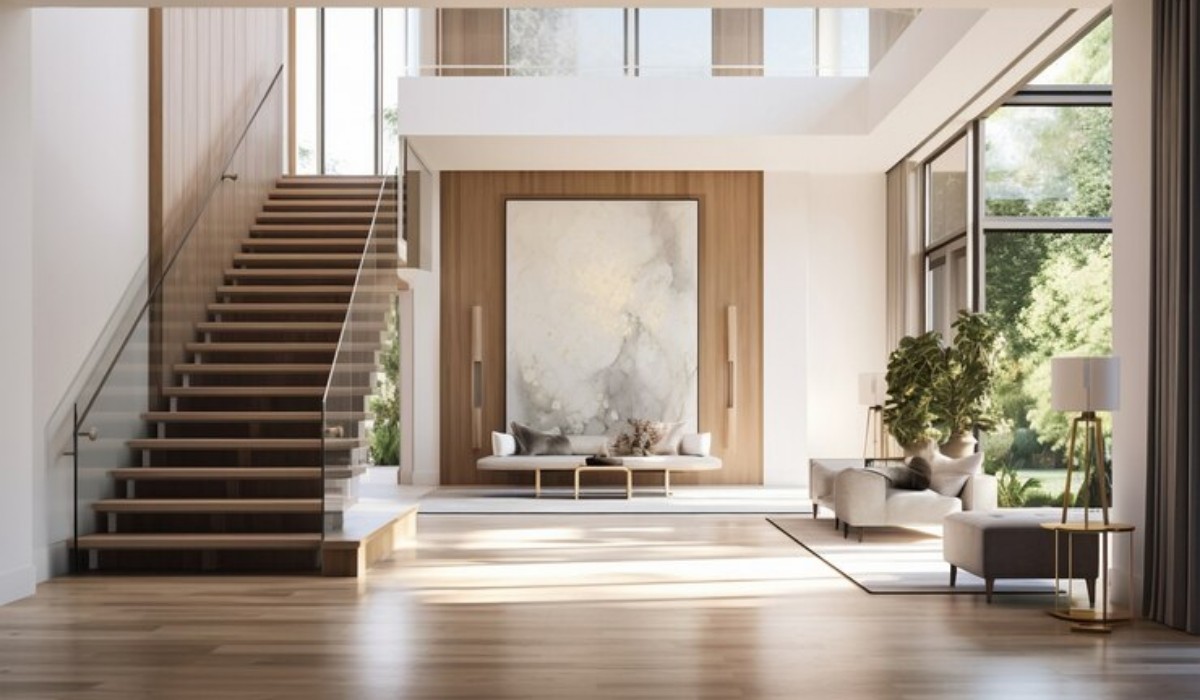
Exploring the dynamic landscape of property investment in Thane unveils a myriad of opportunities and considerations for prospective investors. As a bustling city on the outskirts of Mumbai, Thane has emerged as a hotspot for real estate ventures, offering a unique blend of urban development and lifestyle.
In this comprehensive guide, we delve into all aspects of property investment in Thane, providing valuable insights and essential information to empower investors with the knowledge needed to make informed decisions in this vibrant real estate market.
What is Property Investment in Thane?
Property investment in Thane refers to the act of purchasing real estate in the Thane district of Maharashtra, with the expectation of generating returns over time. Thane has seen significant development and urbanisation, making it an attractive location for property investment. Investors may buy residential or commercial properties, aiming to benefit from potential appreciation or rental income.
Factors to Consider Before Investing in Thane Real Estate
- Economic Growth
Assess the economic development and stability in Thane, as they directly influence property values. A growing economy often correlates with rising property prices. Investors should assess Thane’s economic stability and growth trajectory to gauge the long-term viability and potential returns on their real estate investment. - Infrastructure
Investigate existing and planned infrastructure developments in Thane to gauge their impact on the property market. Check the existing and planned infrastructure developments, such as transportation, roads, and amenities, as they contribute to the area’s overall appeal and potential appreciation. - Affordability
Beyond the initial property price, consider ongoing expenses, property taxes, and maintenance costs to ensure that the investment aligns with your budget and financial goals. Ensure the property fits your budget and consider the overall cost of living in Thane. - Rental Yield
Analyse the potential rental income relative to the property’s cost. Thane’s rental market trends can give insights into the income you might generate from the investment. A positive rental yield provides immediate returns and enhances the investment’s overall attractiveness. - Potential for Growth
Research Thane’s future prospects by researching upcoming infrastructure projects, job creation initiatives, and urban development plans.Factors such as government policies, investment inflow, and demographic trends can indicate whether the area has the potential for sustained long-term growth, influencing the property’s appreciation over the investment horizon.
Steps to Invest in A Property in Thane
- Lease and Investment
It is essential to check the value of a property and judge if it is a profitable investment for you. Because the return on investment highly depends on the scale of investment, and thus it is crucial to understand the correct value.
Besides, it is also essential to understand the lease structure thoroughly and avoid unforeseen complications in the future. - Market Analysis and Budgeting
Analyse market trends, property values, and investment potential for a suitable budget. Consider financing options and consult with financial advisors to ensure your budget is realistic and manageable. - Property Selection
To narrow down potential properties, create a list of key criteria such as location, amenities, and size. Seek recommendations from real estate professionals or trusted contacts - On-site Evaluation
Schedule visits to shortlisted properties to assess their condition, surroundings, and accessibility. Note any maintenance issues, neighbourhood characteristics, or potential for future development. - Documentation Preparation
Gather necessary paperwork such as sale deeds, title documents, and agreements. Ensure all documents are accurate and up-to-date. - Transaction Completion
Finalise the purchase by arranging for payment of the property price, stamp duty, and registration charges. Keep records of all transactions and obtain receipts for payments made.
Things to Consider Before Buying a Residential Property in Thane
- Demand of the Location
Investigate the current and future demand for properties in Thane. Look for factors like proximity to business hubs, educational institutions, and healthcare facilities. A location with a growing demand often translates to a better investment. - Safe Locality
Prioritise safety by researching the crime rates and overall security of the neighbourhood. Visit the area during different times of the day to get a sense of its safety. Check with local authorities for any safety concerns or initiatives. - Connectivity
Assess the connectivity of the location with major roads, public transportation, and nearby cities. Easy access to highways, railway stations, and bus stops enhances convenience and can impact the property’s value over time. - RERA
Ensure that the property adheres to RERA guidelines. RERA compliance provides transparency and protects the buyer’s interests. Verify the project’s registration status and check for any complaints or legal issues related to the developer. - Amenities
Evaluate the amenities offered in and around the property. Consider factors such as parks, recreational spaces, shopping centres, and healthcare facilities. Well-equipped amenities can enhance your quality of life and contribute to the property’s resale value. - Builder
Research the builder or developer’s reputation and track record. Look into their past projects, delivery timelines, and overall customer satisfaction. A reliable builder is crucial for a smooth and trustworthy real estate transaction.
Benefits of Investing in Thane Real Estate Property
- Strategic Location
Thane’s strategic location stands out as a key benefit for real estate investors. Situated in close proximity to Mumbai, Thane serves as a significant part of the Mumbai Metropolitan Region (MMR). Kolshet, conveniently situated between Thane East and Thane West provides easy access to Mumbai, Bhiwandi, and Western Suburbs like Mira-Bhayandar and further via the Eastern Express Highway, Western Highway, and Ghodbunder Road. It is also quite accessible via a network of roadways, such as JVLR, SCLR, Eastern Freeway, NH-8, Mumbai-Nashik Highway and the Thane-Belapur Road. - Quality Educational Institutions
The presence of reputable educational institutions in Thane adds another layer of attractiveness for families and, consequently, property investors. Some famous educational institutes in this city are P. Shah Institute of Technology, VPM’s Polytechnic and Bedekar Institute of Management. For children, there are a number of top schools in Thane, such as DAV Public School, New Horizon Scholars School and SMT Sulochanadevi Singhania School. - Thriving Business and Commercial Hub
Thane city is a growing residential area with multiple businesses and commercial opportunities. Thane has become a hub for various commercial centres, standing alongside renowned locations such as Bandra Kurla Complex, Nariman Point, Lower Parel, Powai, and Andheri East, all of which currently command a premium. Notably, Thane is now gaining prominence as a commercial destination, hosting offices of major corporations like Tata Consultancy Services, Bayer, and Raymond. This surge in commercial development is poised to attract more businesses in the future, solidifying its position as a thriving and sought-after business locale.
Also read: Guide for Thane Commercial Real Estate Investment
Source - houssed.com





